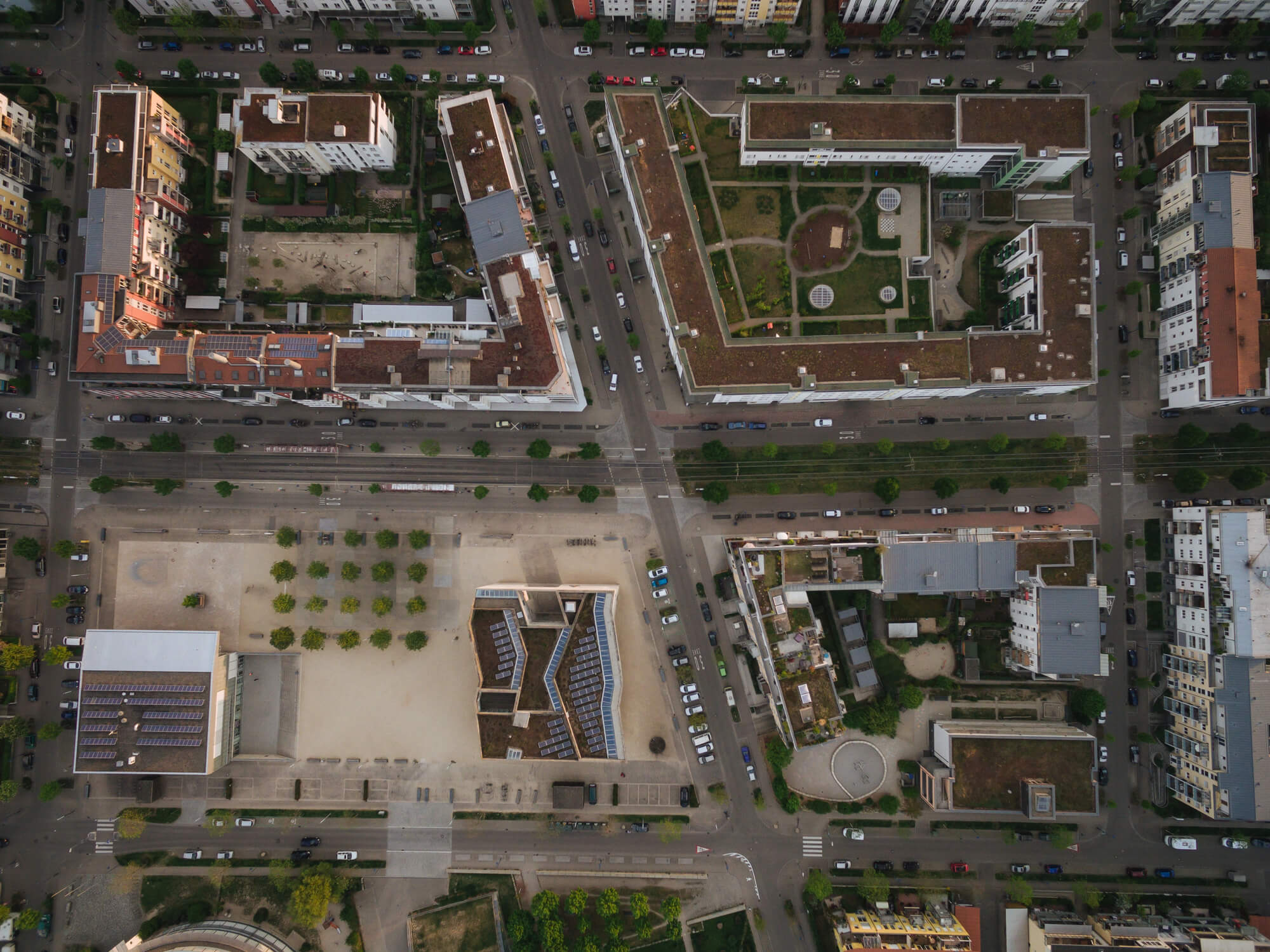Until 2014, Ukraine suffered from chronic non-market distortions in the energy market which have largely caused public finance crisis in 2014-2015 on the background of the armed conflict in Eastern Ukraine and the annexation of Crimea.
Among the main problems at the time were:
- cross-subsidization (low tariffs for households, high tariffs for industrial enterprises),
- monopolization of the sector with a weak regulator,
- lack of measuring devices (except for electricity) in the majority of households,
- negligible investments into infrastructure (significant energy losses on the way from producer to consumer),
- subsidies to the chronically loss-making coal industry, and others.
Problems on the gas market contributed the most to the rise of government debt. The state basically subsidized the whole population through Naftogaz by keeping tariffs low. Losses from buying gas at a high price and selling it at a low price were a burden on the state-owned company. As a result, by the end of 2014 Naftogaz deficit reached the level of 5,3% of GDP – higher than the state budget deficit.
Ukraine approached the problem in two dimensions. First, the corporate management reform at Naftogaz and creation of an independent supervisory board, which made a successful standoff against the Gazprom in the Stockholm arbitration court possible.
Second, the new Law On the Natural Gas Market liberalized this market, aligning it with the demands of the European Energy Community. It actually destroyed the monopoly of the oblgases (regional gas distribution companies): network management business was separated from trading, allowing new players to enter the market. As an illustration, consider that competition on the natural gas procurement market in Prozorro is one of the highest among all the markets – 2.9 participants per tender against the average of 2.3.
The reform continues. For example, just in 2019 monthly balancing of natural gas market was replaced by the daily one. This enhances transparency and competitiveness of the gas market. Monthly balancing caused numerous manipulations and abuses, related among other to the difference in the price of gas for domestic and industrial consumers Now, demand and supply of natural gas are cleared every day and the price is adjusted accordingly.
Another important development of 2019 is synchronizing the work of the Ukrainian gas transit system (GTS) operator with European operators.
However, gas market reform is still incomplete. From the very start there was no competition in district heating provider segment and, accordingly, in the segment of gas consumption by the population. Full market liberalization would imply rising gas prices for the population if world gas prices rise. Therefore, development of an effective subsidy system would become more urgent. Yet, monetization of subsidies that would create incentives for energy savings started only in 2019, five years after the reform was launched and subsidies were introduced to protect the poor population from tariff increases. In 2018 – first half of 2019, market price of gas was almost 1.5 times higher than the tariff for district heating companies and population. Naftogaz still has to supply gas at a lower than market price according to the Cabinet of Ministers Resolution on the Provider of Last Hope (Public Service Obligations, PSO).
The upcoming 2019/2020 heating season makes the completion of the four-year reform possible. Since the summer of 2019 market prices for gas have fallen to levels even lower than those stated in the Cabinet of Minister Resolution on PSO. Natural gas prices in Europe have fallen to a ten-year minimum and continue to decline, as suppliers do not intend to reduce supply, Bloomberg reports, citing energy traders. This opens a window of opportunity for the government: population won’t even notice the price liberalization.
The same goes for the electricity market, which has just started its transition to deregulated one in summer 2019, according to the Law on Electricity Market adopted in 2017. It has the same potential risks of rising household tariffs. In Ukraine electricity tariffs both for households and industrial consumers are the lowest in Europe. However, the major difference is that in Ukraine household tariffs are 30% lower than tariffs for other consumers, while in Europe household tariffs are 25% to 250% higher (Figure 12).
Figure 1. Household and non-household electricity tariffs in selected European countries in the first half of 2018, UAH/kW-hour
Source: National Commission for Regulation of Energy and Communal Services * household tariffs include taxes; industrial tariffs exclude VAT and other refundable taxes. ** We used the exchange rate of the National Bank for the first half of 2018: 1 EUR = 32,42 UAH
At the moment the household consumption segment is not included into the newly created market: households receive electricity at fixed tariffs established in 2017. While on the gas market special obligations (PSO) are imposed on Naftogaz, in the electricity market the losses are assumed by state-owned Energoatom and Ukrhydroenergo.
The half-hearted approach observed in gas and electricity market reforms is found in other areas of the energy market too. For example, in 2019, green tariff auctions were introduced but their actual launch is delayed for 3-4 years [24]. Subsidies for energy consumption monetization are only partially implemented and depend on the quality of registers and consumption accounting. Auctions for the sale of rights for the development of natural resources (including oil and gas) began in late 2018 after the most interesting sites were distributed without any competition.
Some reforms didn’t even start. RAB regulation projects on the electricity distribution market have not yet been implemented, which does not allow to solve the problem of depreciated power grids; there still cross-subsidization of households at the expense of the industry which distorts the markets; payment for the use of gas networks is yet to be introduced, subsidized coal industry remains unreformed, and the unbundling of Naftogaz (separation of gas transmission network) is not completed.
While these issues remain unresolved, new challenges arise. The main case of concern is termination of Russian gas transit through Ukraine since 2020 and a potential loss of about $3 billion (or about 3% of GDP) a year – unless we sign a new transit agreement with Gazprom, which Naftogaz officials consider highly unlikely. This threat requires mobilization of efforts far beyond the energy sector. One of the solutions can be quick implementation of the Trilateral agreement signed at the end of August 2019 during President Vladimir Zelensky’s trip to Warsaw. The agreement envisages supplies of liquefied natural gas from the US to Poland and Ukraine, the use of Ukrainian underground gas storage facilities (UGS) and the enhancement of gas infrastructure. This is largely political rather than economic issue and it depends on the improvement of Ukrainian-Polish relations.
You can find out more about the ‘White Paper on Reforms 2019’ project and other chapters of the book at this link
[24] In Ukraine, ‘green’ tariffs are the highest in Europe which attracted much investment into the green energy facilities and provided investors with rather high profits. However, cost of green power generating facilities (e.g. solar panels) is falling dramatically. Hence, the government introduced ‘green’ auctions – an investor who wins the auction by promising the lowest green tariff is granted the right to construct a generation facility, while the government fixes this tariff for this investor for the next 20 years.
Attention
The author doesn`t work for, consult to, own shares in or receive funding from any company or organization that would benefit from this article, and have no relevant affiliations



